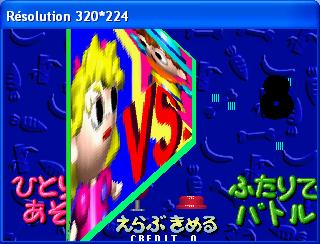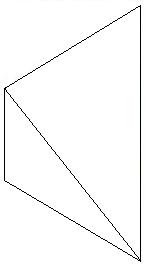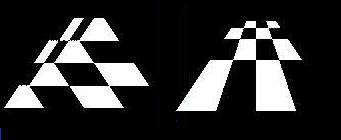After spending some time toying with OpenGL coordinate system (OCS), I was able to get the same one than the Saturn’s. That’s really interesting as up to now I was using the original OCS (ie with values between -1.0 and 1.0), which implied to do all sort of conversions to get one dot in the Saturn coordinate system (SCS) converted into the OpenGL one. For instance, the dot [50,50] in the SCS had to be converted into something like [0.215, 0.1483] in the OCS. Now it’s one for one, so no more conversions are needed.
I never dug into that aspect until now, as everything worked fine. But with the cache system I want to setup for the VDP2, that could have become a major drawback.
So less calculations automatically lend to more speed, but in the other hand the video card has to support the same viewport size than the Saturn’s, which is 2048*2048. I’ve sent a version to beta testers to check what’s the maximum viewport supported by various graphic cards, and so far none has failed (even an old S3 from 2001 was able to do so …)
So I have reached the decision to drop support for graphic card not supporting 2048*2048 viewport for the current version. If there’s a demand I’ll try to do something for older cards, but you’ll have to be convincing 😉
Yesterday I finished modifying the VDP1 to take into account the new coordinate system and everything went smoothly. I even added the VDP2 planes 🙂 Now the bios is almost back to the way it should look, minus the scrolling (which should be taken care of quickly).
Next step is to add the cache detection, as it’s reloaded every frame right now. When it’ll be done, I’ll have a better view on the performances of the cache …









